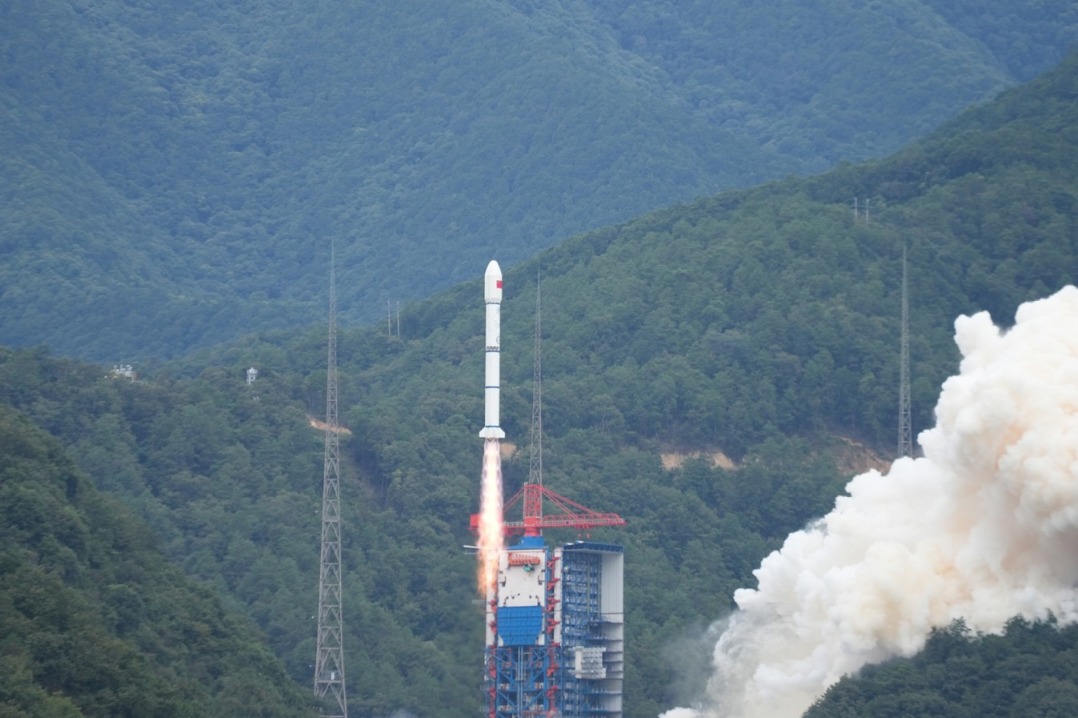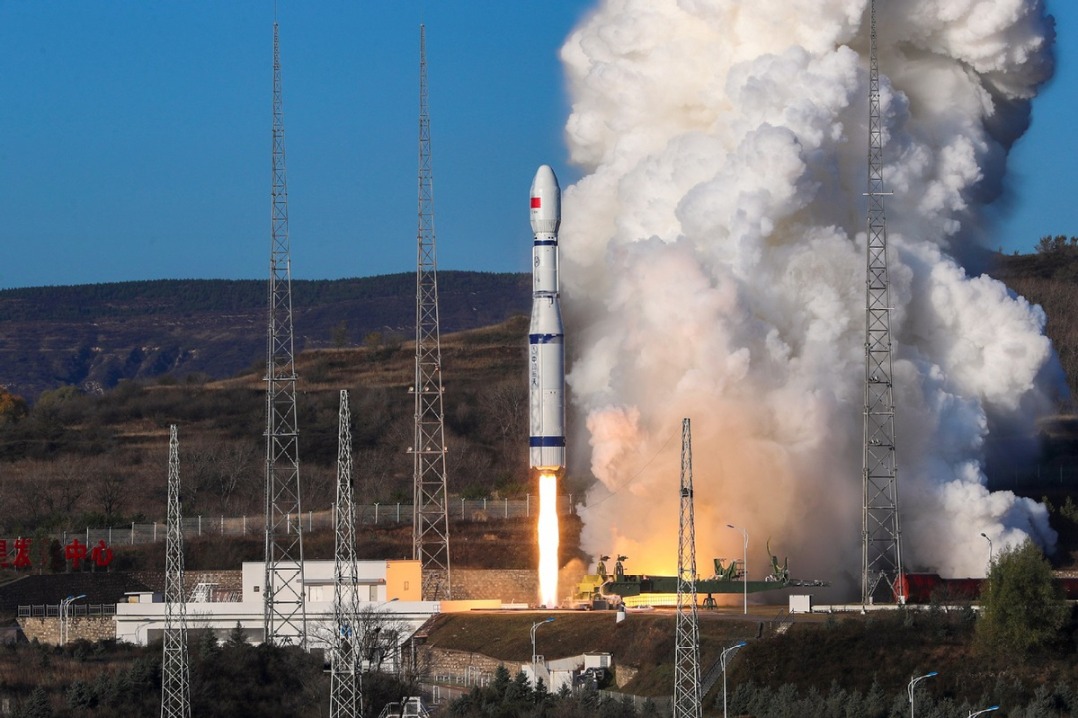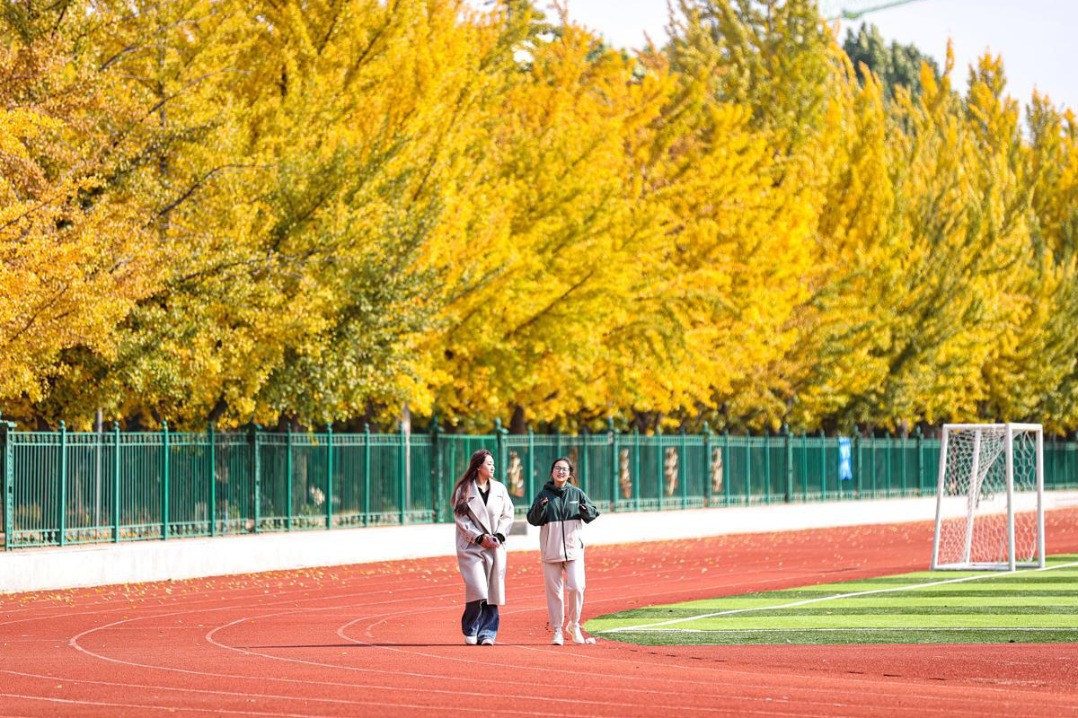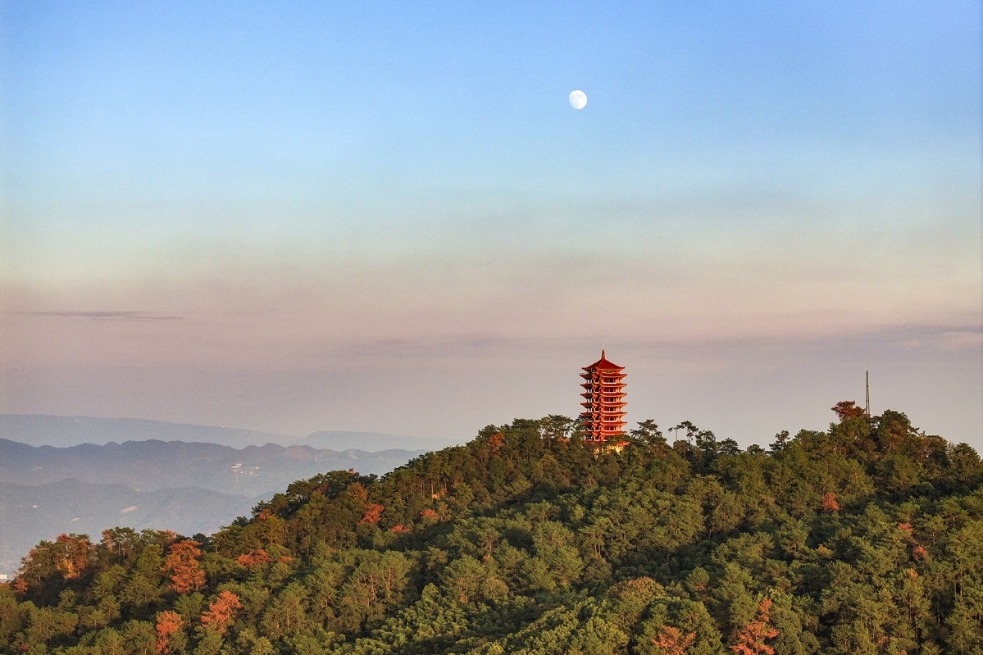River chief system advances conservation efforts

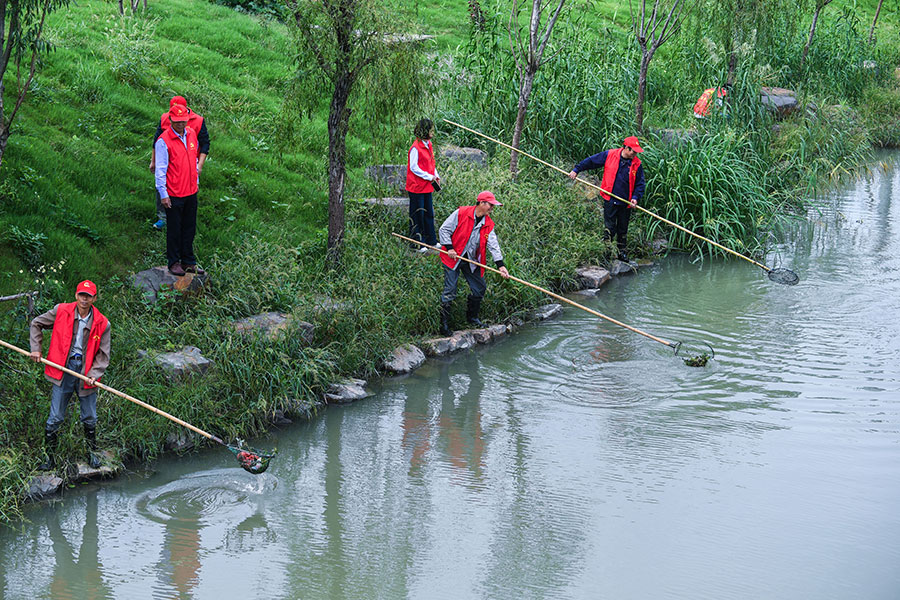
The river chief system that tasks leading officials at different levels to coordinate water body conservation action, has enabled China to experience historical changes in its water environment with many rivers and lakes rejuvenated, said Li Guoying, minister of water resources.
Li made the remarks at a news conference organized by the Publicity Department of the Central Committee of the Communist Party of China on Tuesday.
"The river chief system is a major reform measure Xi Jinping, general secretary of the CPC Central Committee, planned, made decisions about, and promoted personally," Li said.
Significant achievements have been made since the central authorities issued a guideline in December 2016, which asked for the system to be established nationwide by the end of 2018, he said.
At the national level, the minister said, a cross-ministry joint conference mechanism with 18 members has been established to promote the system, with a leading official of the State Council, the country's Cabinet, as the convener.
In a move to beef up the cross-regional coordination of efforts for water body conservation, similar coordination mechanisms have been set up in the country's seven major river basins, he added.
To date, a total of 300,000 river chiefs have been appointed across the country in a four-tier system from the provincial level to the township level, he said, adding there are now also 900,000 river chiefs in villages.
"Currently, we have people to manage and care for every river and lake in the country," he stressed.
Thanks to a series of tailored and differentiated measures under the river chief system, there have been historical changes to many rivers and lakes across the country, he said.
"More and more river basins have been rejuvenated."
According to the Ministry of Ecology and Environment, 84.9 percent of national monitoring stations for surface water in the country reported water quality at or above Grade III in 2021, up by 1.5 percentage points from the 2020 level.
China has a five-tier quality system for surface water, with Grade I the best quality. Grade III is the threshold level for water to be used for drinking.
In 2012, only about 68.9 percent of water in national monitoring stations in the country's 10 major river basins reported water quality at or above Grade III.
China first appointed local government officials as river chiefs in 2007 at Taihu Lake in Jiangsu province, as local authorities strove to address pollution woes after an outbreak of blue algae.
The practice was later introduced to some regions with rich water resources to help ensure strong enforcement of environmental policies and enhanced coordination of government bodies.
River chiefs' responsibilities include water resource protection, pollution prevention and control and ecological restoration.
Their job performance will be assessed and they will be held accountable if environmental damage occurs in the water bodies they oversee.
Heads of provincial-level areas are general chiefs responsible for all rivers in their region.
- Heilongjiang seeks public help to combat medical insurance fraud
- 'Toilet revolution' moving forward in Hangzhou
- Researchers use AI algorithm to reveal hidden RNA viruses
- Experts gather in Neijiang for xenotransplant innovation conference
- Hong Kong receives more visitors from new cities under individual visit scheme
- China unveils regulations on public transportation in cities

















